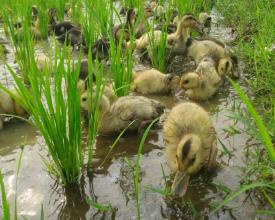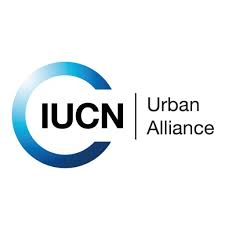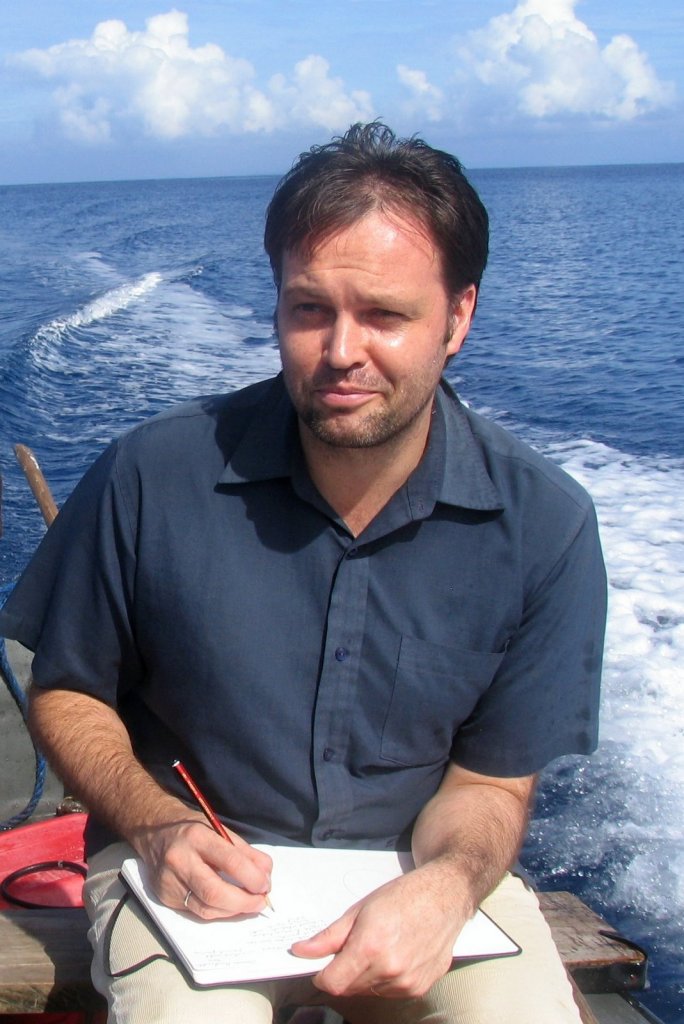
Eco-Longmen, living Dongjiang: protecting watersheds for sustainable drinking water

The Dongjiang River is a critical natural resource that supports the population of the Pearl Delta. The river provides water to more than 40 million people and six major cities including three economic hotspots: Guangzhou, Shenzhen, and Hong Kong. The basin covers an area of 35,340 km², contributes 70% of the total GDP of Guangdong Province, and supplies 80% of Hong Kong’s water.
The river has been seriously degraded as a result of high levels of economic growth. Significant discharge of sewage and industrial wastewater has caused significant impacts on the quality and quantity of water in the watershed.
The watersheds protection project was developed and implemented during 2013–2016 to restore this watershed. Partners demonstrated how the private sector and an international conservation organization can work together to solve a major environmental challenge – through sustainable livelihood transformation and creating solutions that benefit the people of the area, the natural ecosystems they depend on, and the economy.
Context
Challenges addressed
Location
Impacts
With the implementation of a Watershed Protection Roadmap, in collaboration with local communities, this project demonstrated the benefit of nature-based solutions in the watershed. The goal of the road map was to accomplish ecological reform of the system through developing sustainable livelihoods, enhancing ecological services and creating partnerships.
International best practices in watershed protection, restoration, and governance have been introduced and adapted to Chinese contexts. Project interventions include the development of four self-help groups and one training centre as well as several training courses on good-farm practices.
The project has established various mechanisms to ensure greater sustainable scaling of the project including the establishment of the China Megacity Water Fund and civil society development. The results and experiences have been introduced to and adopted by other organizations that are making watershed protection their priorities.
The results of the project were shared with members of the Partnership of Megacity Watershed Protection (PMWP), which was established as an exchange platform for stakeholders. The project has also gained considerable attention from different parties through various communication events across China and internationally.












